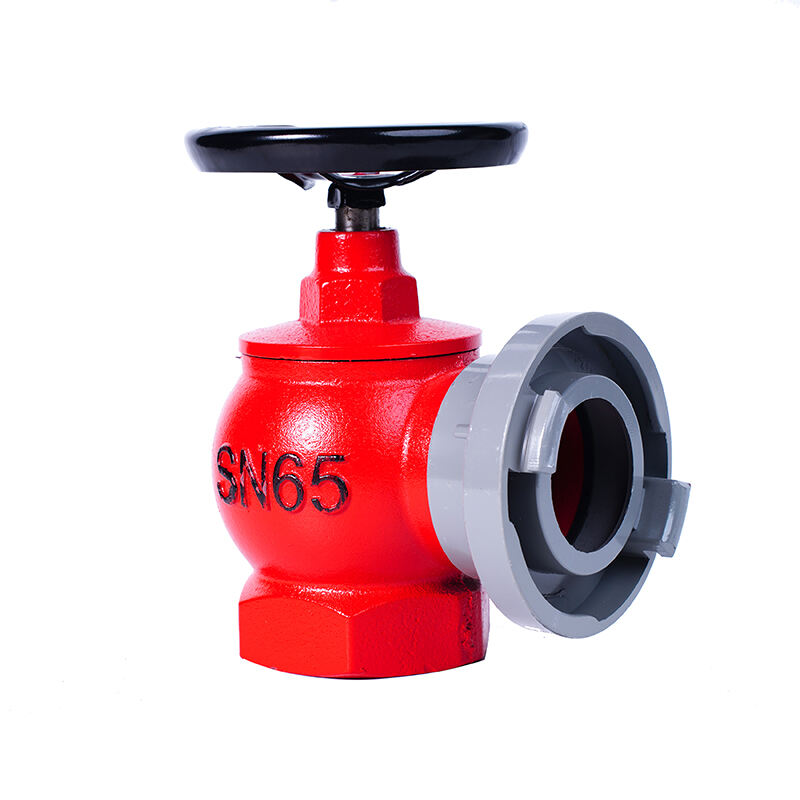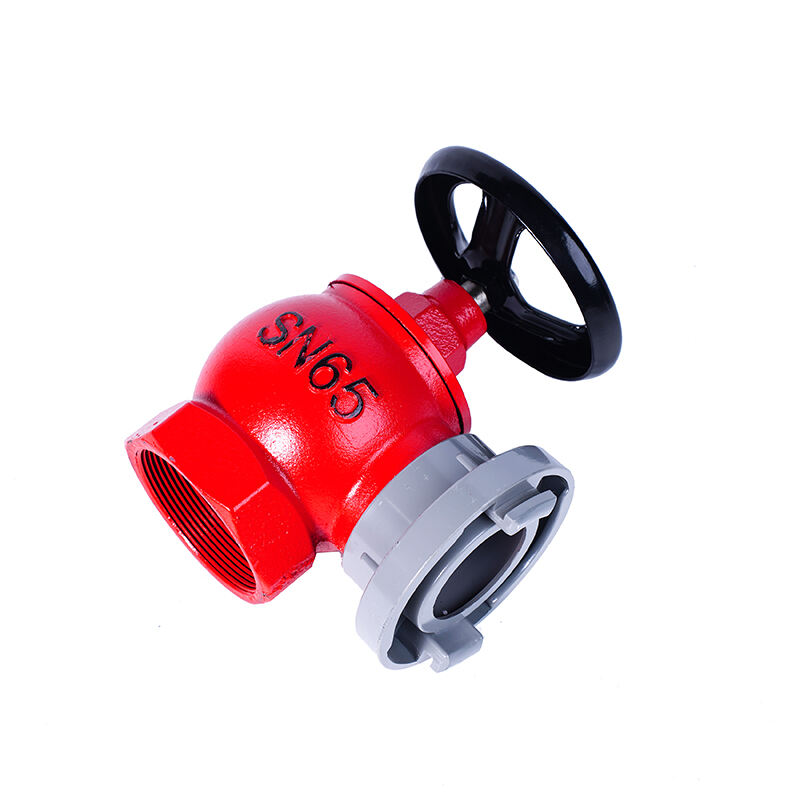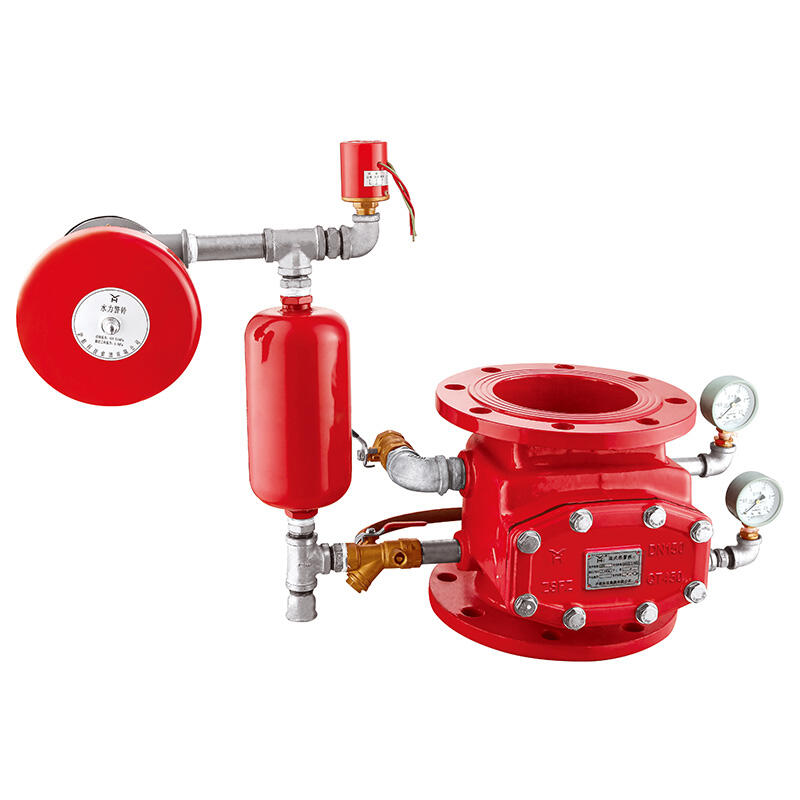installing a fire hydrant
Installing a fire hydrant is a critical infrastructure project that requires precise planning and execution to ensure reliable emergency water access. The process begins with site evaluation, considering factors like water main locations, pressure requirements, and accessibility. A typical installation involves excavating to the water main, typically 4-6 feet deep, and connecting a lateral pipe to the main using appropriate fittings and valves. The hydrant assembly includes the main barrel, operating nut, nozzles, and a drain valve that allows the hydrant to self-drain when not in use, preventing freezing in cold climates. Modern fire hydrants feature standardized threading for universal compatibility with firefighting equipment, break-away flanges for vehicle impact protection, and corrosion-resistant materials for longevity. The installation must comply with local fire codes and NFPA standards, including specific requirements for spacing, positioning, and water flow rates. Regular maintenance and testing ensure the hydrant remains operational, with typical flow rates ranging from 500 to 2500 gallons per minute depending on water system capacity and design.


